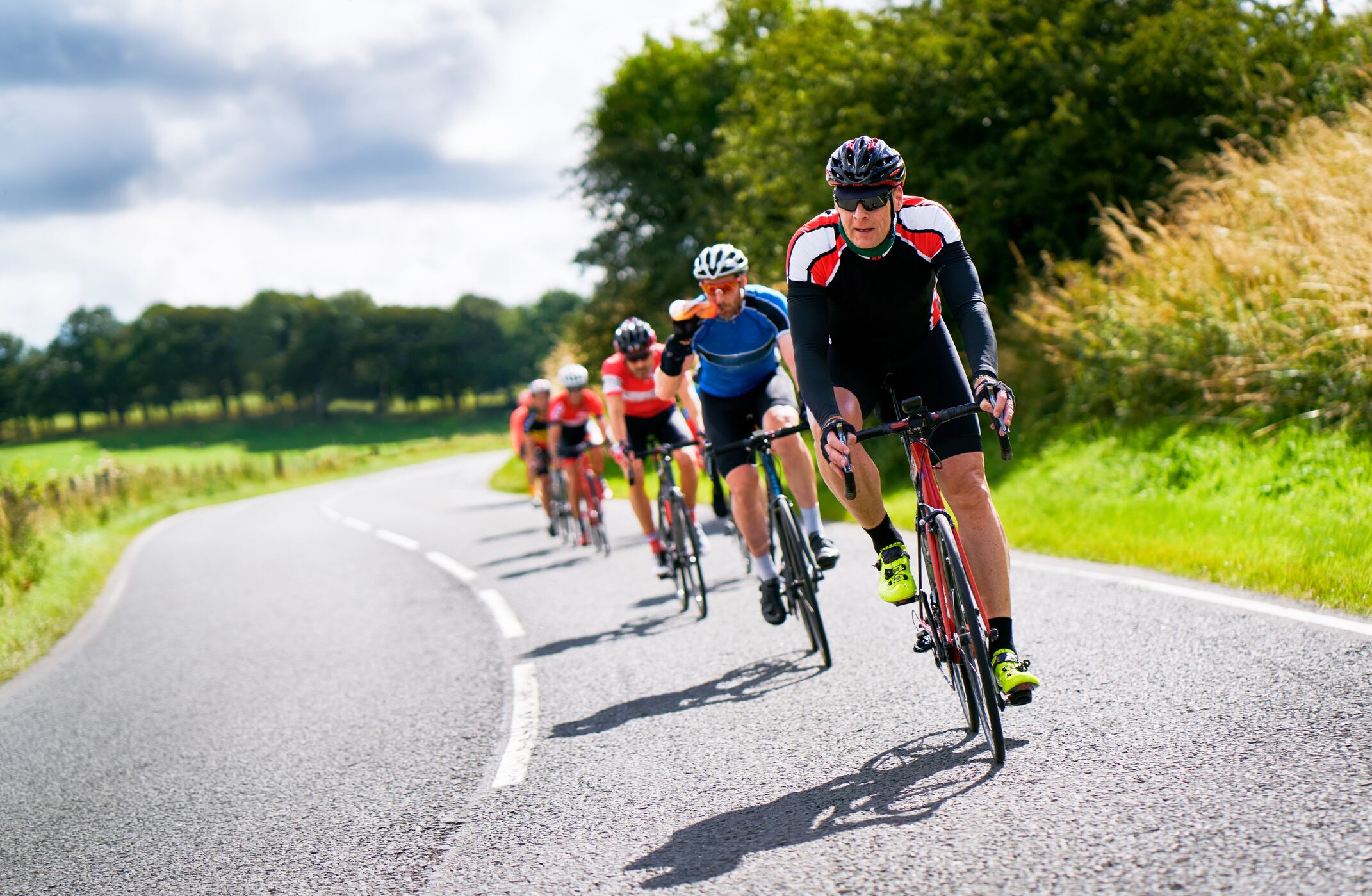Furthermore, the USA-based researchers noted that carbohydrate oxidation (CHO-ox) as well as lactate levels significantly decreased at each of the measured time points.
The administered WBs consisted of 25g of freeze-dried powder containing 375g of anthocyanins; equivalent to one cup of raw fruit.
The results suggest the potential for WBs to increase the rate of FAT-ox during moderate-intensity activity within healthy males, highlighting an area for future study to investigate potential dietary interventions to improve athletic performance.
“This study was the first to investigate whether WB consumption would elicit greater FA-ox rates during an exercise protocol aimed to maximize fat oxidation using moderate-intensity exercise in healthy, trained males,” the American researchers stress, highlighting the relevance of the findings.
Fat oxidation for performance
It has been previously reported that anthocyanin-rich fruits may reduce oxidative stress in both active and sedentary populations, whilst potentially affecting lipolytic enzymes and subsequent FAT-ox.
Obtaining higher rates of FAT-ox is beneficial for exercise-based performance, due to the range of effects of cardiometabolic health. Additionally, with increases in exercise intensity, the utilisation and oxidation of fatty acids is reduced and there is a switch to glycogen as a fuel source. Therefore, sustaining fat oxidation to prevent depletions in short-term supplies of glycogen is desirable for sustained athletic performance.
Thus, there has been an increased interest in utilising anthocyanins within dietary interventions for athletes to achieve this. However, the studies conducted investigating this are very limited in numbers.
The researchers aimed to build upon this evidence, investigating the effects of a 14-day period of whole freeze-dried WB powder intakes on the FAT-ox rates of 11 healthy males during a period of 40 minutes of cycling.
Study
The subjects followed a two-week wash out period, as well as consuming 375 g/d of anthocyanins as whole WB powder for two-weeks, before the exercise protocol. The rate of FAT-ox was determined using respiratory exchange ratio (RER) and substrate oxidation rates, whilst the responses of lactate creatinine and free/total carnitine were also measured.
It was observed that WBs increased the FAT-ox rate by 19.7% at 20 minutes, 43.2% at 30 minutes, and 31.1% at 40 minutes, when cycling at 65% of VO2 peak - the measure of amount of oxygen breathed in whilst exercising.
CHO-ox was noted to decrease by 10.1%, 19.2% and 14.8% for the same intervals. Lactate levels were also found to have significantly reduced at each measured time interval.
Explained
“This novel study documented that consuming WBs for 14 days increased FA-ox, decreased CHO-ox, and decreased plasma lactate values during 40 min of moderate-intensity cycling,” the report summarises.
It is explained: “Although the specific mechanism of action is not yet determined, possible explanations include an increase in enzymatic action reducing fat absorption, increases in AMPK and CPT-1 activity in whole-body FAT-ox, increased transportation of FA into mitochondria, and increased peripheral blood flow to working muscles, thus increasing lipolysis and FAT-ox.”
The researchers discuss how the results provide significantly elevated responses when compared to the previous studies investigating this effect, explaining how this highlights the impact of anthocyanin concentration and variations within the fruit itself.
The findings suggest potential for dietary interventions utilising anthocyanins to potentially improve athletic endurance and performance, yet further RCTs will be required to prove a causal relationship.
Source: Nutrients
https://www.mdpi.com/2072-6643/15/6/1339
“Effects of Wild Blueberries on Fat Oxidation Rates in Aerobically Trained Males”
by Kari D. Pilolla, Jessie Armendariz, Boe M. Burrus, David S. Baston, Karli A. McCarthy and Taylor K. Bloedon

